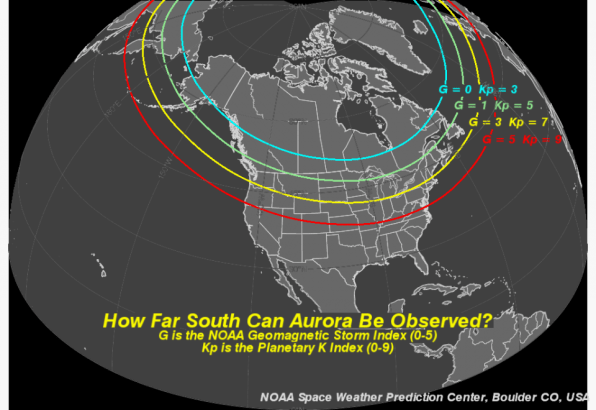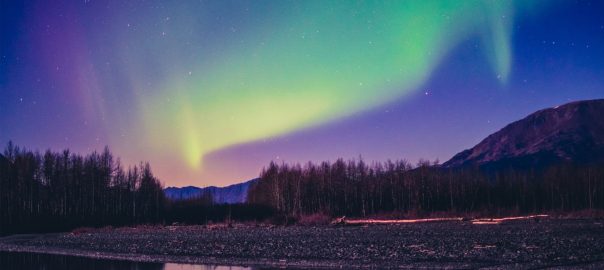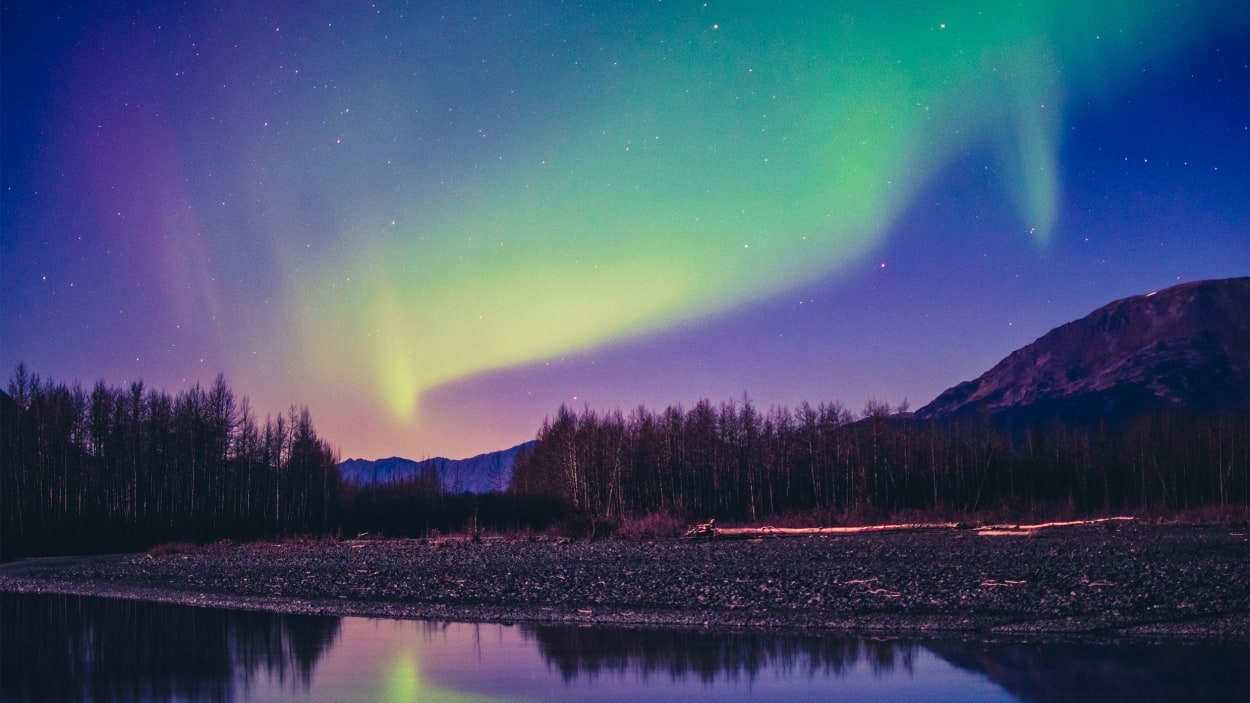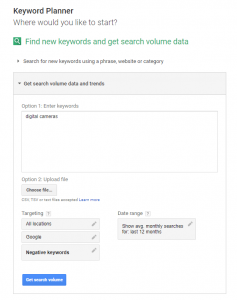By Sarah Bregel
Catching a glimpse of the northern lights is a bucket list item for many Americans. While usually, you can only see the aurora borealis from places like Iceland, Sweden, Norway, and Canada, this week, the stunning display of gleaming, neon space light is expected to be visible in the skies over 17 U.S. states.
Here’s how you can see it.
Where will it be?
The extended visibility will happen between July 12 and 13, when geomagnetic storm activity is predicted to be high. On Wednesday, the planetary index, which characterizes geomagnetic activity, will be at a 5. That will make the glowing space lights visible from Alaska, Washington, Iowa, Illinois, Ohio, and Massachusetts, according to the University of Alaska Fairbanks’ Geophysical Institute, as cited by CBS News.
On Thursday, the activity is forecasted to grow even stronger. At a 6, the visibility is expected to extend the display to Montana, Minnesota, Wisconsin, Michigan, Oregon, Idaho, Wyoming, Nebraska, Indiana, Vermont, and Maryland.
What should I know?
Even if you’re in a prime viewing area, gloomy weather could still get in the way. If there are clouds or precipitation, it will make the luminescence harder to see, according to the Space Weather Prediction Center. (Its website includes a series of maps that show optimal viewing areas around the globe.) The organization advises viewing from a high elevation, away from light pollution. They also say that the best time to see the aurora is from 10 p.m. until 2 a.m. You won’t need any special equipment to see the lights.

What is an aurora borealis?
According to NASA, the northern lights are the result of electrons colliding with atoms and molecules of the upper atmosphere of the Earth. Simply put, it’s the result of magnetic storms—a flurry of energy that gets turned into light, or, an aurora.
Galileo was said to have first coined the name “aurora borealis” in 1623, after Aurora, the goddess of dawn, and Boreas, the northern wind personified. But no matter what name you give to the magnetic fields of energy, gazing up at the radiant spectacle is said to be mesmerizing.
While it’s not typical to see the northern lights from so many locations in the U.S., the current solar cycle, which started in 2019, has been moving towards its peak. That’s expected to take place around July 2025. In the meantime, that means we could be catching more and more glimpses of that bucket list brilliance.
(1)








